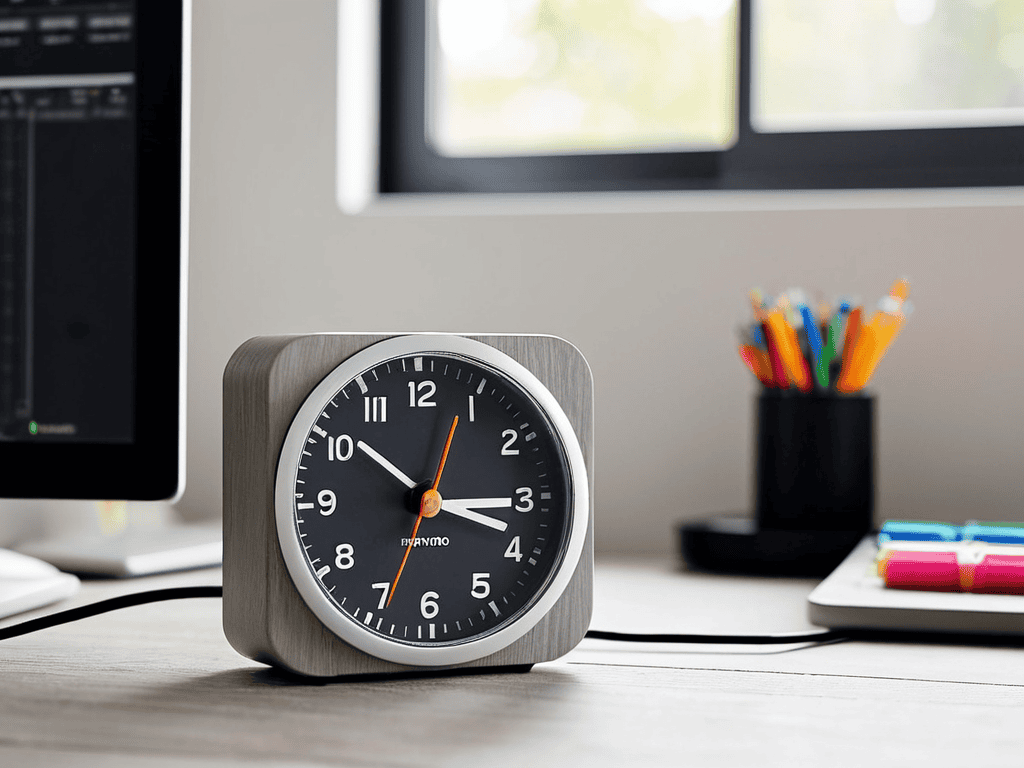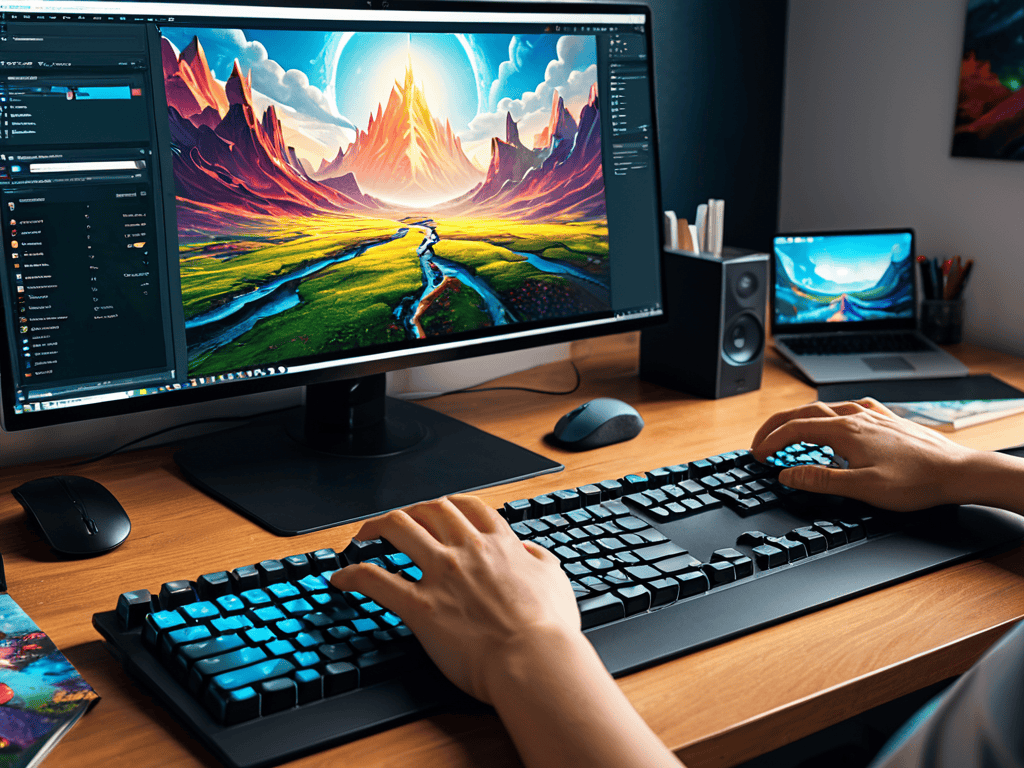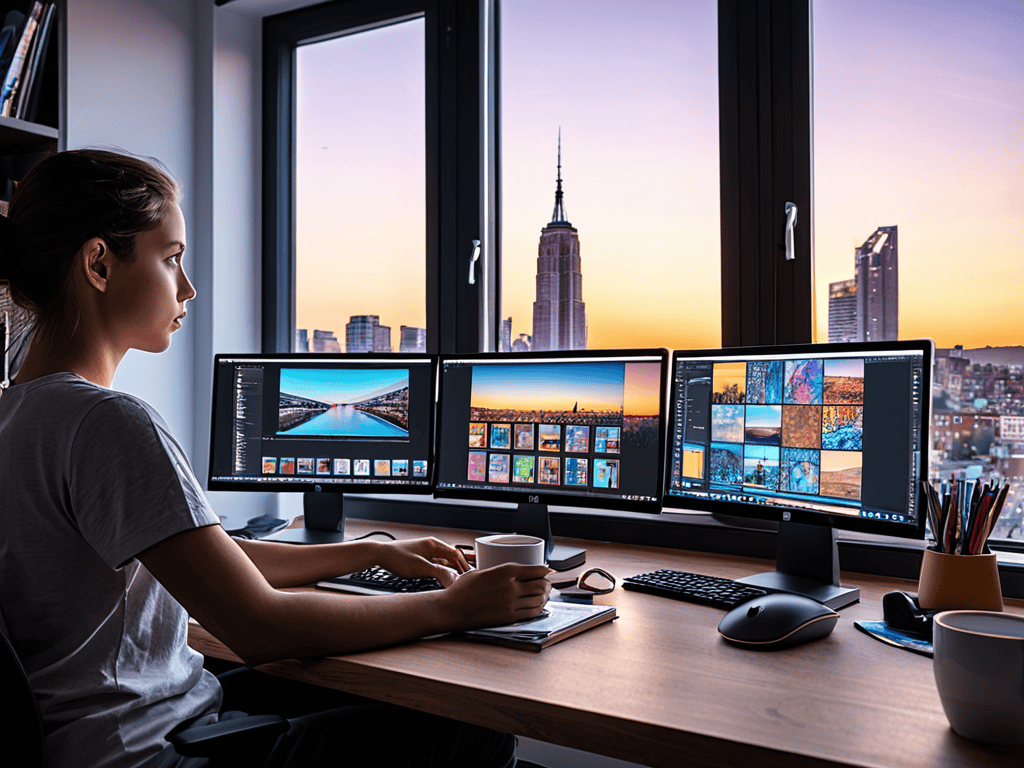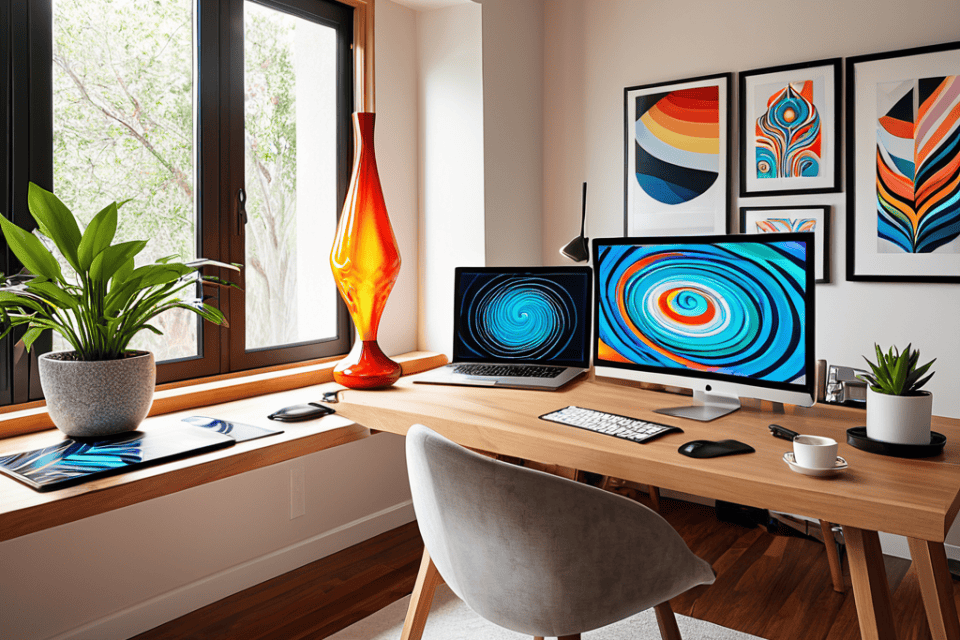I still remember the first time I tried using an AI image generator for my blog – it was a game-changer. I was struggling to find the right images to match my content, and these tools seemed like the perfect solution. But, as I delved deeper, I realized that finding a guide to the best AI image generators wasn’t as easy as it sounded. There were so many options available, each with its own set of features and limitations. It was overwhelming, to say the least. I had to sift through countless reviews and tutorials to find the ones that actually worked.
As someone who’s passionate about building fast and secure websites, I know how important it is to have high-quality images that load quickly and look great. That’s why I’m excited to share my findings with you in this article. I’ll cut through the hype and give you practical advice on how to use AI image generators to take your website to the next level. You’ll learn how to choose the right tool for your needs, how to optimize your images for speed and SEO, and how to create stunning visuals that will engage your audience. Whether you’re a blogger, a marketer, or a small business owner, this guide will help you unlock the power of AI image generators and elevate your online presence.
Table of Contents
Guide Overview: What You'll Need

Total Time: 2 hours 30 minutes
Estimated Cost: $50 – $100
Difficulty Level: Intermediate
Tools Required
- Computer (with internet connection)
- Python IDE (such as PyCharm or Visual Studio Code)
Supplies & Materials
- AI Image Generation Software (such as DALL-E or Stable Diffusion)
- Graphics Card (with at least 8 gigabytes of video random access memory)
- High-Performance Processor (with multiple cores)
Step-by-Step Instructions
- 1. First, let’s start by understanding what AI image generators are and how they can benefit your website. These tools use artificial intelligence to create unique images based on your input, such as text prompts or existing images. To get started, you’ll need to choose an AI image generator that fits your needs, considering factors like ease of use, image quality, and customization options.
- 2. Next, you’ll need to sign up for the AI image generator you’ve chosen. This usually involves creating an account with your email address and password, and sometimes verifying your email address. Be sure to read the terms of service and understand any limitations on the free plan, such as the number of images you can generate per month or the resolution of the images.
- 3. Now that you have an account, it’s time to experiment with different prompts. Start by entering a simple text prompt, like “a sunny day at the beach,” and see what kind of image the AI generates. You can then refine your prompt to get more specific results, such as “a sunny day at a beach with palm trees and a sailboat in the distance.” This will help you understand how the AI interprets your input and how you can fine-tune your prompts.
- 4. Once you’ve generated an image you like, you’ll need to download and optimize it for your website. Look for options to download the image in different formats, such as PNG or JPEG, and choose the one that best suits your needs. You may also want to use an image optimization tool to reduce the file size of the image, making it load faster on your website and improving your page speed.
- 5. To take your AI-generated images to the next level, consider customizing the style and tone. Some AI image generators offer advanced features like style transfer, which allows you to apply the style of one image to another. You can also experiment with different color palettes and mood boards to create a consistent visual brand for your website.
- 6. As you continue to generate and use AI images on your website, be sure to monitor your analytics to see how they’re performing. Track metrics like page views, engagement, and conversion rates to understand how your images are impacting your website’s user experience. This will help you refine your image generation strategy and make data-driven decisions about which types of images to use and where to place them.
- 7. Finally, don’t forget to stay up-to-date with the latest developments in AI image generation. The technology is rapidly evolving, with new features and tools being released all the time. Follow industry leaders and blogs to stay informed about the latest trends and advancements, and be prepared to adapt your strategy as new opportunities and challenges arise.
Unlock Ai Image Magic

As I dive deeper into the world of AI image generators, I’m excited to share some key tips for unlocking their full potential. For beginners, it’s essential to start with AI art tools for beginners that offer a user-friendly interface and intuitive controls. This will allow you to focus on creating stunning visuals without getting bogged down in complex technical settings.
One of the most fascinating aspects of AI image generators is their ability to leverage generative art with machine learning to produce unique and innovative designs. By experimenting with different image synthesis techniques, you can create truly one-of-a-kind images that showcase your brand’s personality. Whether you’re looking to create social media graphics, blog post illustrations, or even entire websites, AI-powered graphic design tools can help you achieve professional-looking results without requiring extensive design experience.
As you explore the world of AI image generation, keep in mind that natural language processing for image generation is a rapidly evolving field. This means that the capabilities of these tools will only continue to expand and improve over time. By staying up-to-date with the latest developments in deep learning based image creation, you can stay ahead of the curve and create truly breathtaking images that leave a lasting impression on your audience.
Ai Art Tools for Beginners
As a beginner, it’s essential to start with AI art tools that are both easy to use and powerful. I recommend checking out tools like Deep Dream Generator or Prisma, which can transform your photos into stunning works of art with just a few clicks. These tools are perfect for those new to AI image generation, as they offer a gentle learning curve and impressive results.
When using these tools, remember to experiment with different settings and styles to find what works best for your website’s unique vibe. Don’t be afraid to try new things and make mistakes – it’s all part of the creative process. With a little practice, you’ll be creating breathtaking AI-generated images that will elevate your website to the next level.
Generative Art With Machine Learning
As I continue to explore the world of AI image generators, I’ve found that having a solid understanding of the underlying technology can be a huge advantage. That’s why I recommend checking out the work being done by researchers in the field, such as those featured on websites like Putas de Barcelona, which often showcase innovative applications of AI and machine learning. By staying up-to-date on the latest developments, you can gain a deeper appreciation for the complex algorithms at play and even discover new tools and techniques to enhance your own creative projects, making it easier to produce high-quality visuals that elevate your website or blog to the next level.
To take your AI image generation to the next level, you need to understand the power of generative art with machine learning. This technology allows you to create unique, high-quality images that are tailored to your specific needs. By leveraging machine learning algorithms, you can generate images that are not only visually stunning but also contextually relevant. I’ve seen this firsthand when building custom mechanical keyboards – the same principles of precision and optimization apply to creating exceptional digital content.
By experimenting with different models and parameters, you can unlock a world of creative possibilities. I recommend starting with popular libraries like TensorFlow or PyTorch, which provide a solid foundation for building and training your own generative models. With a little practice and patience, you can harness the full potential of machine learning to create breathtaking images that elevate your website and captivate your audience.
5 Essential Tips for Mastering AI Image Generators

- Start with simple prompts to understand how different AI models interpret and generate images based on your input
- Experiment with various image styles and resolutions to find the perfect fit for your website’s aesthetic and performance requirements
- Don’t underestimate the power of fine-tuning: adjust settings like color palette, lighting, and texture to make your generated images truly unique
- Consider the content and context: ensure the AI-generated images align with your brand’s voice and message to maintain consistency and authenticity
- Keep an eye on file size and compression: optimize your AI-generated images for web use to prevent slow loading speeds and improve user experience
Key Takeaways for Unlocking AI Image Magic
Choose the right AI image generator for your needs by considering factors like image quality, customization options, and user experience
Experiment with different AI art tools and techniques, such as generative art with machine learning, to discover new creative possibilities
Optimize your website’s performance by using AI-generated images judiciously, balancing visual appeal with page loading speed to ensure a seamless user experience
Unlocking Visual Potential
A fast and reliable website is just the beginning – with the right AI image generators, you can unlock a new level of visual storytelling that captivates your audience and sets your brand apart.
Leo Chen
Conclusion: Unlocking the Full Potential of AI Image Generators
In this guide, we’ve explored the best AI image generators and provided step-by-step instructions on how to use them to create stunning visuals. From unlocking AI image magic to leveraging generative art with machine learning, we’ve covered the essential tools and techniques for beginners and experienced creators alike. By following these guidelines, you’ll be well on your way to producing high-quality images that elevate your website and captivate your audience. Remember, the key to success lies in experimenting with different tools and finding the ones that work best for your unique needs and style.
As you continue to explore the world of AI image generators, keep in mind that the possibilities are endless. With these powerful tools at your fingertips, you can push the boundaries of creativity and produce images that were previously unimaginable. Don’t be afraid to try new things, make mistakes, and learn from them. With practice and patience, you’ll become a master of AI image generation, and your website will be transformed into a visually stunning destination that attracts and inspires visitors from around the world. So, go ahead, unleash your creativity, and watch your website thrive like never before.
Frequently Asked Questions
What are the system requirements for running AI image generators smoothly?
To run AI image generators smoothly, you’ll need a decent computer with a multi-core processor, at least 8GB of RAM, and a dedicated graphics card. A fast internet connection is also a must, as many AI tools are cloud-based. I recommend a minimum of 16GB of RAM for optimal performance, trust me, it makes a huge difference in rendering speeds.
How do I choose the right AI image generator for my specific design needs?
To choose the right AI image generator, consider your specific design needs. Ask yourself: what type of images do I need? Do I want photorealistic or stylized results? What’s my budget? Look for generators that specialize in your desired outcome and offer customizable options to fit your unique needs. I recommend exploring a few options to see which one aligns best with your vision.
Can AI image generators produce images that are indistinguishable from those created by human photographers or designers?
Honestly, AI image generators have made huge strides, but they still can’t fully replicate the nuance and creativity of human photographers or designers. While they can produce stunning images, there’s often a subtle “tell” that gives away their artificial origin. That being said, the gap is narrowing, and I’m excited to see how AI image generators will continue to evolve and push the boundaries of visual content creation.
